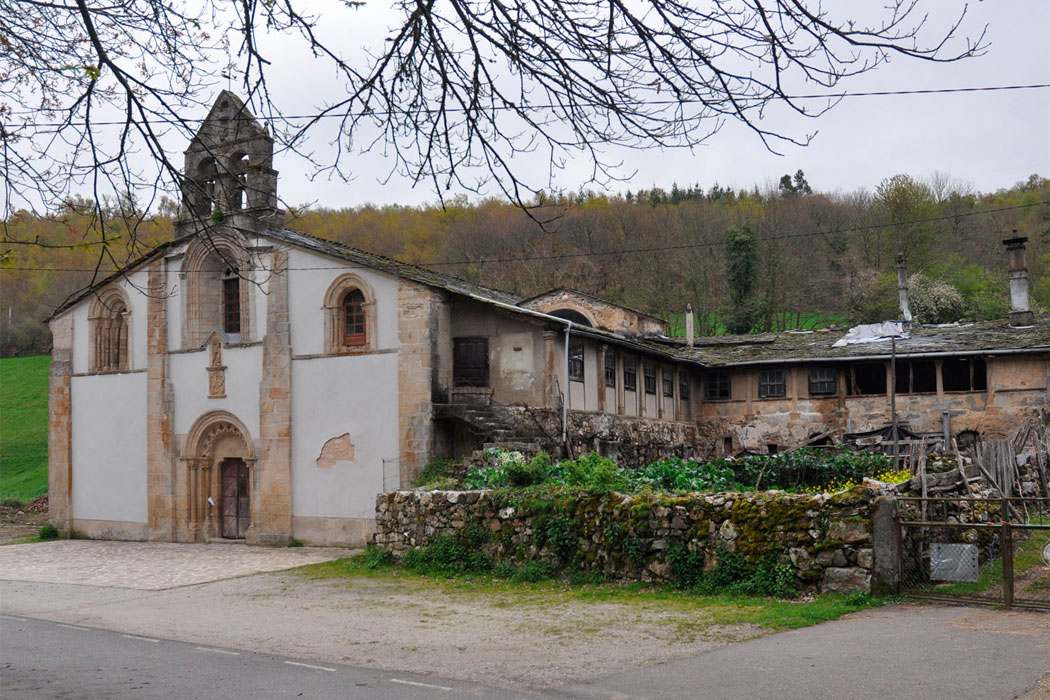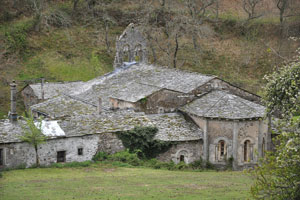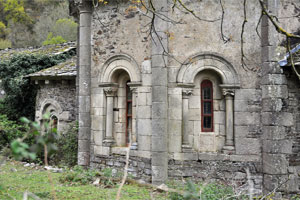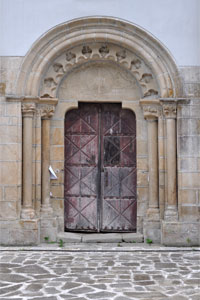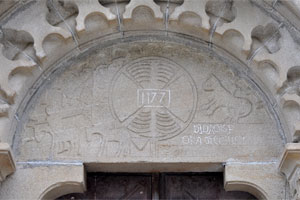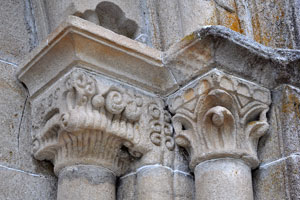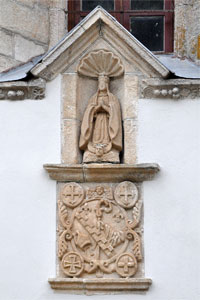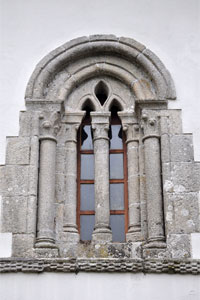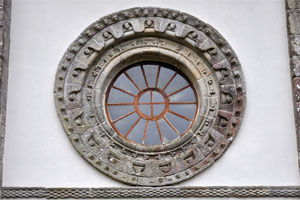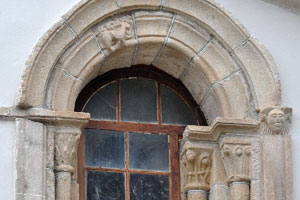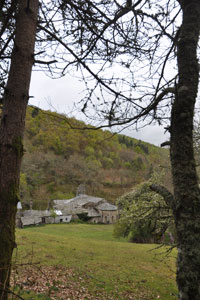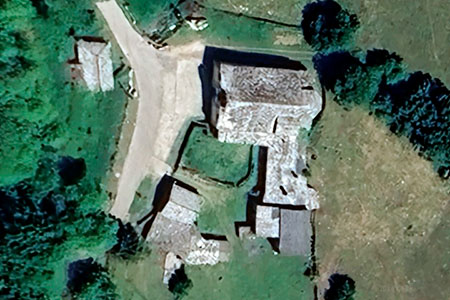Monastery of Santa María de Penamaior
Mosteiro de Santa María de Penamaior / Penam Maiorem / Penna Major / Penamayor
(Berreceá, Lugo)
In 922, Ordoño II (c. 872-924) commissioned Abbot Berila of Penamaior to restore the monastery of San Xulián de Samos, which at that time was in decline. It is presumed that this Berila is the same one who appears in another document from 919, related to the monastery of San Pedro de Triacastela. Therefore, although the date of foundation of the monastery is unknown, it is prior to 922.
After this precedent, there is no further news until the last quarter of the 12th century, when Penamaior was donated to the monastery of Santa María de Carracedo, which possibly restored it. It became a priory of the Leonese abbey, still in its Benedictine stage, although under Cistercian influence. The monastery is mentioned as belonging to Carracedo in a confirmation of property by Pope Lucius III in 1183. This property is confirmed again in 1188 and 1203, when its status as a farm is mentioned. In 1203, the monastery of Carracedo became dependent on the abbey of Cîteaux (Burgundy), becoming Cistercian, and the different houses that depended on it also adapted to Cistercian order.
In the case of Penamaior, it was not until 1225 that it was officially recognised as an abbey, with the support of Alfonso IX (1171-1230). This status was maintained, in a period of little vitality, until it was reformed and in 1505 it became affiliated to the Congregation of Castile, becoming dependent on San Salvador de Salamanca and definitively losing its abbey dignity. It was one of the most modest Cistercian monasteries in Galicia, with a community consisting of only three members in 1584, and seven in 1803. It remained a Cistercian house until 1835, when the disentailment stripped it of its assets, with only the church remaining as a parish church, the rest of the buildings passing into the hands of private individuals.
The remarkable monastic church, with three naves and three apses, has been preserved. The rest of the buildings have been lost or have deteriorated, although there are traces of the cloister. It is worth mentioning the singular tympanum of the doorway, a piece with the date 1166 (era 1204), which probably corresponds to the consecration of the church, although, according to Sánchez Ameijeiras, it would have been made around 1225. The relief was probably inspired by The Knight of the Lion, the chivalric romance by Chrétien de Troyes (c. 1170).
Affiliation of Penamaior
According to Originum Cisterciensium (L. Janauschek, 1877)- BALBOA DE PAZ, José Antonio (2005). El monasterio de Carracedo. Diputación de León
- FREIRE CAMANIEL, José (1998). El monacato gallego en la alta edad media, vol. II. La Corunya: Fund. Pedro Barrié de la Maza
- JANAUSCHEK, Leopoldus (1877). Originum Cisterciensium. Vol. 1. Viena
- PÉREZ GONZÁLEZ, José María; dir. (2018). Enciclopedia del Románico en Galicia. Lugo. Aguilar de Campoo: Fundación Santa María la Real
- PÉREZ RODRÍGUEZ, Francisco Javier (2008). Mosteiros de Galicia na Idade Media. Ourense: Deputación Provincial de Ourense
- SÁ BRAVO, Hipólito de (1972). El monacato en Galicia. Vol. 1. La Corunya: Librigal
- SÁNCHEZ AMEIJEIRAS, Rocío (2003). Cistercienses y leyendas artúricas el Caballero del León en Penamaior (Lugo). El tímpano románico: imágenes, estructuras y audiencias. Xunta de Galicia
- SEIJAS MONTERO, María (2009). Los cistercienses en el sudoeste de Galicia a fines del Antiguo Régimen. Santiago de Compostela: Facultade de Xeografía e Historia
